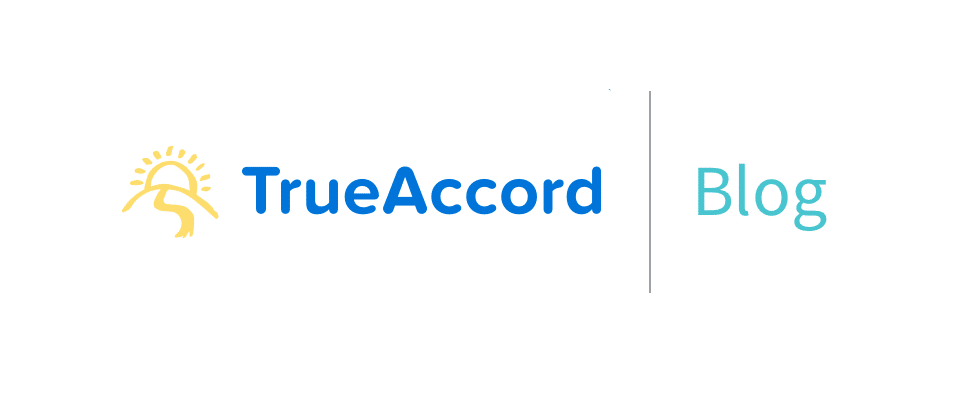
Everyone knows that customers are the backbone of a business; if people don’t use your service or buy your product then you won’t have a business for very long. In order to solve this problem, companies often work to bring in as many new customers as possible, but you can’t forget to nurture relationships with consumers that you’ve worked with in the past.
According to Adobe, 40% of eCommerce revenue comes from returning customers which make up only 8% of total visitors! That number alone should inspire you to get out and talk to your old customers and figure out what they think, but there are quite a few more reasons you should cherish customer feedback and use it to strengthen your company!
Building brand promoters
The omnipresence of social media means that consumers that are excited about your company will shout from the digital rooftops to endorse you. Unfortunately, the power of social sharing also means that the opposite is true: if a person has a particularly negative experience with your brand, they will spread the word around fairly quickly.
Properly managing customer feedback can dramatically improve your brand’s reliability. A Net Promoter Score measures customer’s satisfaction with a business by asking: “how likely are you to recommend this (product/service) to a friend?” Customers that rate your business at a 9 or a 10 are considered promoters and are your best friend when it comes to spreading the word about your brand.
Maintaining a high NPS score is challenging, but by focusing some efforts on gathering and listening to customer feedback, you can gradually build effective, organic branding that sets you apart from your competition!
Incorporating feedback and iterating
Not every review will revolutionize your business. If you take every negative review to heart, you might start to feel a bit down on yourself, but by analyzing customer feedback in aggregate, you’ll start to see patterns emerge!
These patterns won’t appear overnight, and even some patterns may not give you the direction you’re looking for (it is still your business after all). That said, if you have dozens of customers asking for a new feature or piece of content, imagine how many more customers want the same thing that aren’t asking!
By listening to customer feedback and building new tools that your customers are looking for, you can demonstrate that you listen to them and further improve retention. Plus, incorporating these changes into your customer lifecycle can pay big dividends!
Promoters will continue to support your brand, bring in new customers, and in the long run, they will continue to spend more as your brand relationship improves. A survey by Bain & Company shows that customers actually spend more in months 31-36 of their relationship with a brand than they do in the first six months.
Creating a self-sustaining system
Feedback helps your business to grow and meet the ever-expanding needs of your market. If you don’t listen to your customers and build in a vacuum, you may soon realize that you were not solving the root of a problem. This isn’t to say that every customer suggestion or idea is the right one for your business, but if you take the time to listen to your customers you’ll build their trust and might just find the next right step.





